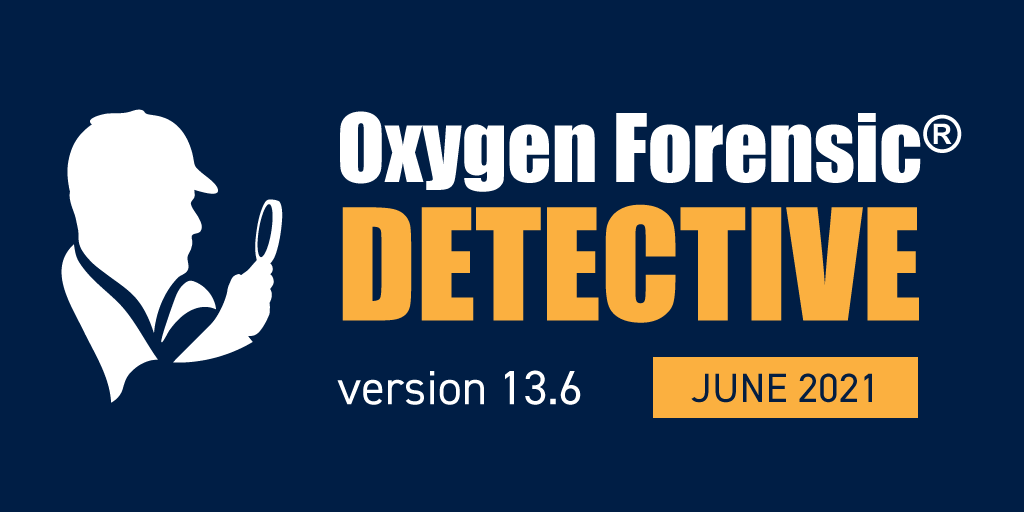
The left atrium receives oxygenated blood from the lungs through two pairs of pulmonary veins.
The right atrium receives deoxygenated through coronary sinus and two large veins called venae cavae( one superior and one inferior). These valves prevents backflow of the blood. Three semilunar valves are found at the points where pulmonary artery(arising from right ventricle and carrying deoxygenated blood to the lungs) and aorta(large artery arising from left ventricle are carrying oxygenated blood to all parts of the body) leave the heart. The AV valve between left atrium and ventricle has two flaps and therefore called bicuspid valve or mitral valve. The AV valve between right atrium and ventricle has 3 flaps therefore called tricuspid valve. The opening between atria and ventricles are guarded by atrioventricular valves. Atria are separated by interatrial septum and ventricles by inteventricular septum. A thick fibrous tissue called antrio ventricular septum separates the atria and ventricle of the same sides. The walls of ventricles are thicker than that of atria. The smaller chambers called atria and other two lower chambers called ventricles. A space is called pericardial cavity which is present between two layers which is filled with fluid called pericardial fluid. It is protected by double membranous wall called pericardium. It is located in thoracic cavity, slightly tilted to left. It is called as blood vascular system which consists of a muscular chambered heart, a network of closed branching blood vessels and blood. They destroy the invading microorganisms. to the body parts and bring back carbon dioxide and other waste products. It transports oxygen, nutrients hormones etc. Tonsils, thymus and spleen are called as lymph nodes. phagocytic cells which removes pathogens. Lymph is filled through lymph nodes which are abundant in neck, groin and armpits. Lymph is the colorless fluid containing specialized lymphocytes responsible for immune responses. The fluid present in lymphatic system is called lymph. The fluid is collected and drained back to the major veins by an elaborate network of vessels called lymphatic system. The clot seals the wound in the vessel to stop bleeding. Fibrin forms network of threads which traps dead and damaged formed elements to form blood clot. Thrombokinaseconverts inactive protein into prothrombin and then into thrombin. Thromboplastins help in formation of enzyme complex thrombokinase. An injury stimulates platelets in blood to release coagulation promoting substance called thromboplastins which activates mechanism of coagulation. 
Plays important role in blood clotting.Formed in bone marrow and called as megakaryocytes.Secretes serotonin, heparin(anti-coagulant) and histamine(vasoconstrictor).Resist infections and associated with allergic reactions.They mature and become macrophages which are phagocytic (that engulf bacteria and other cellular debris).They exist in two major forms named B and T lymphocytes which are responsible for immune responses.Formation process is called leucopoiesis.Leucocytes containing granules in their cytoplasm called granulocytes and those which are clearly visible are called agranulocytes.The process of formation is called erythropoiesis.Quantity of haemoglobin: 12-16 g in every 100ml of blood.Consist red pigment called ‘ haemoglobin’.Number- 5 million to 5.5 million of RBCs mm -3.These include erythrocytes, leucocytes and thrombocytes. Plasma without clotting factor is called as serum. are also present in plasma as they always transit in the body. They maintain blood volume and pressure.ģ.Minerals: plasma contains small amounts of minerals like Na +, Ca ++, Mg ++, Cl – etc.Ĥ.

Albumins- they help in osmotic balance.
 Globulins- they are involved in defense mechanism and also produce immune responses. Fibrinogen- it is an important clotting factor. PLASMA : It is a straw colored, viscous fluid forming matrix of the blood. FORMED ELEMENTS– the cellular part constitutes 45%. PLASMA– the fluid matrix constitutes 55%. It is the connective tissue consisting two parts: In this article, we will study about human circulatory system where in we will talk about blood composition, properties of blood and mechanism of blood circulation. Lymph is another body fluid which helps in transport of certain substances. Human beings have blood which is most commonly used body fluid for this purpose. It is therefore, essential to have efficient mechanism for the movement of these substances to the cells and from the cells. Also, waste or harmful substances produced need to be removed continuously for healthy functioning of tissues. Living cells require constant supply of nutrients O 2 and other essential substances.
Globulins- they are involved in defense mechanism and also produce immune responses. Fibrinogen- it is an important clotting factor. PLASMA : It is a straw colored, viscous fluid forming matrix of the blood. FORMED ELEMENTS– the cellular part constitutes 45%. PLASMA– the fluid matrix constitutes 55%. It is the connective tissue consisting two parts: In this article, we will study about human circulatory system where in we will talk about blood composition, properties of blood and mechanism of blood circulation. Lymph is another body fluid which helps in transport of certain substances. Human beings have blood which is most commonly used body fluid for this purpose. It is therefore, essential to have efficient mechanism for the movement of these substances to the cells and from the cells. Also, waste or harmful substances produced need to be removed continuously for healthy functioning of tissues. Living cells require constant supply of nutrients O 2 and other essential substances.







 0 kommentar(er)
0 kommentar(er)
